The Search for What’s Real on Kauai’s Nā Pali Coast, Part II
The morning of my second day in the Kalalau Valley, Isaac hands me a collapsible handsaw, shows me three dead trees, and tells me to split them. “These are guava,” he explains. “Java plum trees don’t burn well.”
When I finish my work, I rinse my bandana in the stream.
That afternoon we return to the beach via a path Isaac calls the “hippie highway.” It’s how those camping up valley get quickly to the ocean. About a quarter of a mile from the water, a barefoot man runs by carrying fifteen-pound dumbbells.
“Gotta stay in shape,” he says.
Jenny and I do naked yoga in the sand and play in the waves. The day is perfect. When we get back to camp we place seashells, birds’ feathers, and small pieces of quartz we’ve gathered in our fallen nest in the trunk of a tree. Jenny calls it the “Nest of Treasures.” Isaac sets a knockoff Beats by Dre stereo in the same tree, and Jenny removes it.
On the morning of the third day, Jenny makes a grass broom and Isaac makes a bamboo table while I cut more wood to keep the campfire going. A man with wounds on his feet wanders through our camp and talks about the various strains of weed he’s growing. Like some kind of traveling medicine man, he pulls mason jars from his backpack as he talks. He doesn’t ask many questions.
When he leaves, Jenny levels with Isaac. “You told me there’d be horticulturalist women here. You told me there’d be women who love to talk about plants,” she says. “I’ve met too many toothless men. I thought there’d be a community like in ‘The Beach.’”
Isaac stops working on the table and fashions two spears out of bamboo from the forest. “We’re going hunting tonight,” he says to Jenny.
True to his word, that evening he and Jenny use the spears to hunt for freshwater prawns in the stream. The two of them unconsciously pluck ginger flowers from sprawling, shoulder-high plants and put them in their mouths as they comb the riverbank for the eyes of prawns.
I fumble with camera settings in the dark.
On day four, we return to the beach. Isaac brings his fishing pole, determined to catch dinner. When he catches a mango snapper, two papio, and a Christmas tree wrasse, we celebrate and Jenny and I scout for wood to cook the fish. With no rangers in sight, I use my handsaw to remove a third of a mango tree.
“Wifi Friday!” Isaac yells to us from the shore, gesturing to the horizon.
“What?” Jenny yells over the sound of my sawing.
“Wifi Friday!” he yells, pointing to a cruise boat slogging by. “Jenny, get your phone!”
Jenny runs to her backpack and turns on her phone and holds it to the sky, but the boat is too far away.
We eat the fish and the sun sets. Stars appear. The Big Dipper hangs on the horizon’s edge, the ocean seemingly flooding into a cup made out of stars.
On my last day, Jenny and Isaac and I explore the valley with empty backpacks, hoping to find fruits and vegetables. Isaac says kukui nuts make great fire starters and removes the shell from a nut and lights the oil rich interior with a lighter. The flame stays lit for probably fifteen seconds.
At a watering hole, we meet a schoolteacher, her husband, and a few college students. One of the students asks if we heard about that morning’s cop raid.
“Oh, I heard about it,” the schoolteacher says. “I got a ticket. The cops had knives, guns, and machetes. They wore camouflage and got close to my face. Now I have to pay two hundred and forty-nine dollars and appear in a Hawaiian court.”
“Ranger danger,” Isaac says, smoking from a tealeaf cigarette. “They hike in quietly and helicopter out.”
I’m glad we avoided a ticket. I could not have afforded it.
I’m glad we found this group of people to talk and swim with.
I’m lying in the sun in tropical Kauai and feeling lucky.
We swim in the stream and say goodbye.
We follow our feet to a boulder-strewn garden where one boulder has a small mat in front of it and a baby goat skull painted red and yellow perched on top. We find a surplus of guavas and bananas. A stream fjord away, we find a second garden where the caretaker has diverted a stream to flood old terraces, rice paddy style. Ther are papayas about to fall, cherry tomatoes ready for harvest, and lilikoi rolling on the ground.
Later we pass through an abandoned camp where a tarp hangs from a tree and an empty cooler gathers leaves. The garbage around the cooler includes an egg carton, a pair of camo-print jeans, and a Sriracha bottle.
Another camping area is clear except for a tent bag, a green towel, and a bloody knife.
Jenny and I agree that the hippies in the Kalalau Valley, especially those who leave their campsites in degrees of disarray, are probably not Hawaiian. These “locals” are about as native as the plumeria flowers in the lei necklaces at the airport, or the macademia nuts at the Wal-Mart in town, or the gigantic cane toads that roam the valley without prey.
Or the cherry tomato and arugula plants in the gardens we pass through.
Or us.
None of them are technically native. None of them are technically supposed to be here.
Jenny says the book she’s reading says only five percent of Kauai’s plant life is native, and twenty-five percent of the native five percent are species with fewer than ten plants remaining. Concern for the purity of the ecosystem can’t help but feel – forgive the pun – fruitless.
Headed home, we meet a naked, well-endowed woman wading in a stream, uprooting plants from the embankment. “I’m harvesting watercress,” she says. “Join me. We need help weeding.”
Isaac and Jenny gather handfuls of watercress, ung choi, and mint. Isaac promises to come back and help weed. We pass through the woman’s camp and see an inflatable dinosaur toy, a pair of small purple Crocs sandals, and crayons piled on a yoga mat. The woman in the stream might be the mother of the girl from the beach on that first day, Jenny hypothesizes.
For dinner we have salad, stir fry, and passion fruit mojitos muddled in a Nalgene bottle. Isaac and Jenny provide the noodles. I provide vodka. The land around us has provided everything else.
The following morning I put on my trail legs and my mule face. I hike out of the valley, leaving Jenny and Isaac for civilization on the other side of the island, on the south side of Kauai. My backpack is lighter without the Sailor Jerry’s and Jack Daniel’s flight bottles I carried that first day. As I climb the trail, I savor every moment. I touch the rocks as I climb and breathe the air deeply. Much of this week has been about memorizing the ridges of the Nā Pali Coast the way I memorize the contours of my partner’s back – by touch – and that’s what I take from my time in the Kalalau: myriad smells, sights, sounds, and sensations.
I want a Snickers bar and a double guac-e-yaki burger from Bubba’s. I’ll have them soon enough, but for now I want to remember this moment with my eyes as well as my hands. I look behind me and see a herd of goats on a distant bluff.
Something scares them – maybe my feet on the rocky trail beneath my feet – and they run.
Photos taken by Derek Smith and Isaac Welch.
When you subscribe to the blog, we will send you an e-mail when there are new updates on the site so you wouldn't miss them.
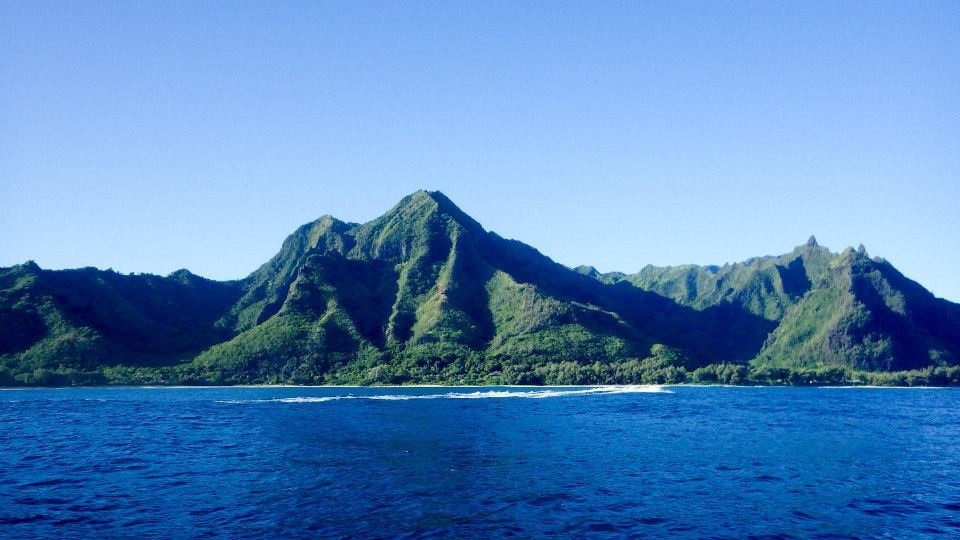
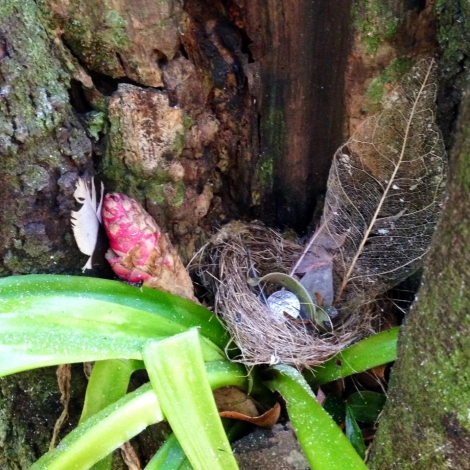
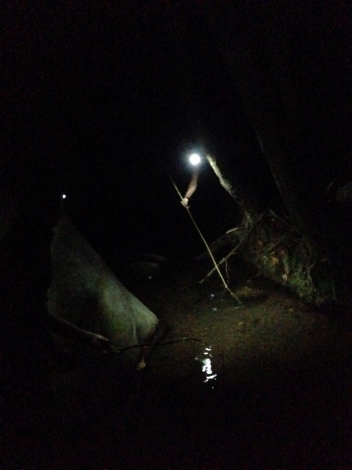
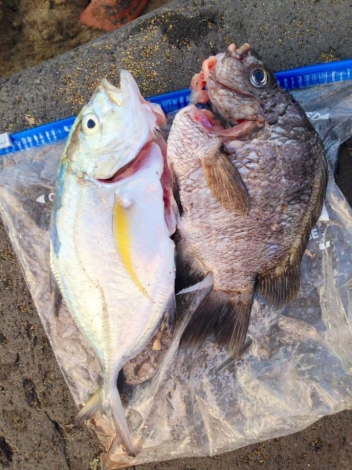
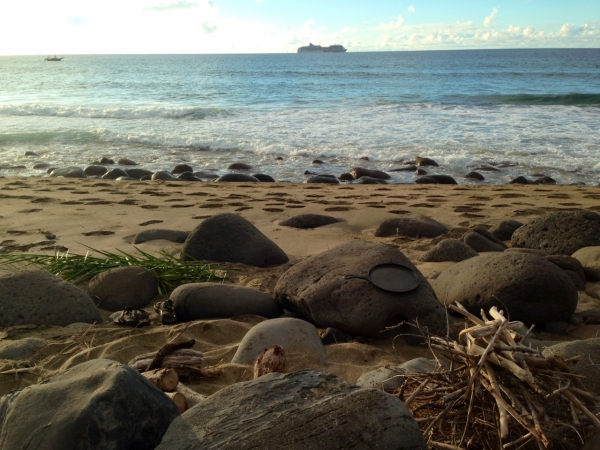
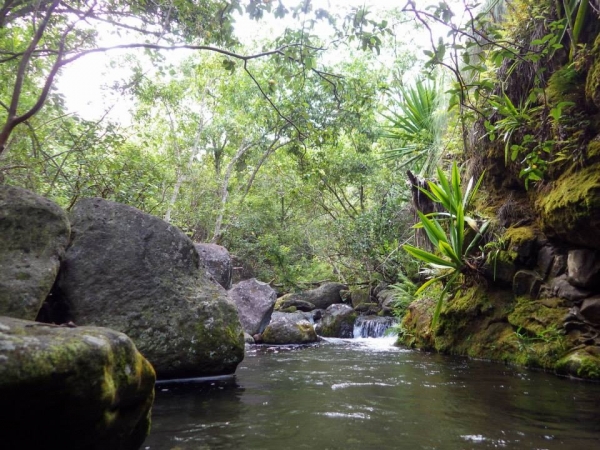
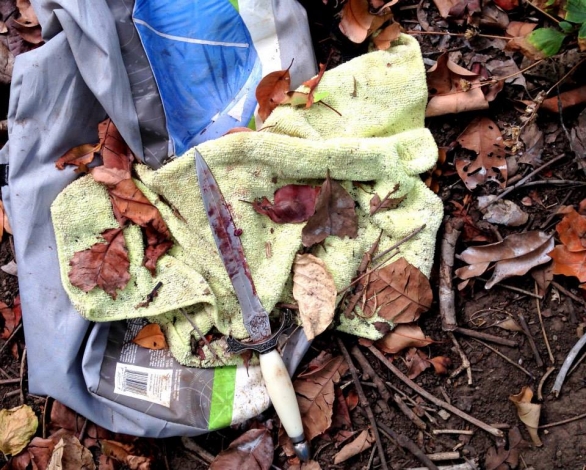
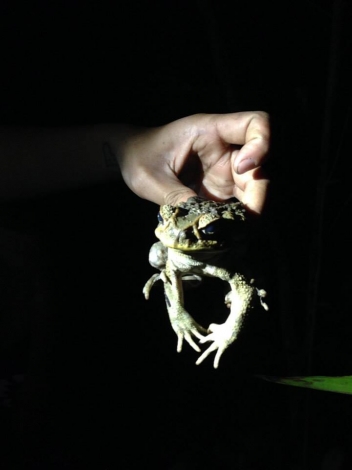
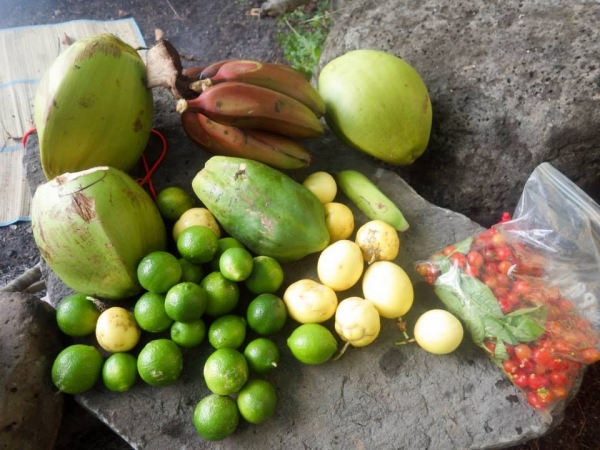
Comments